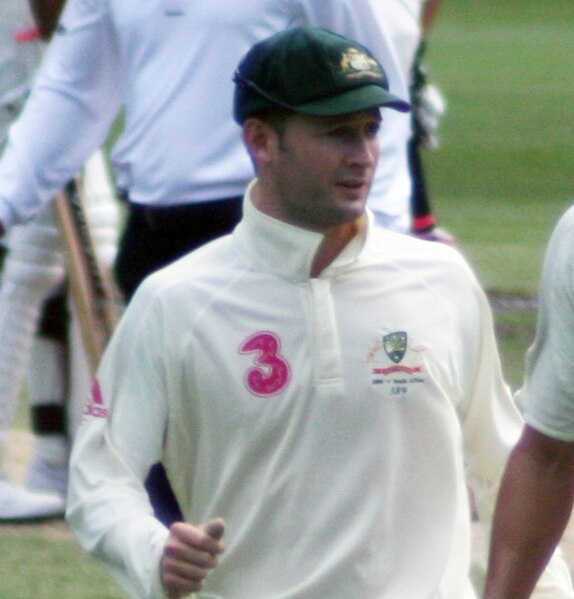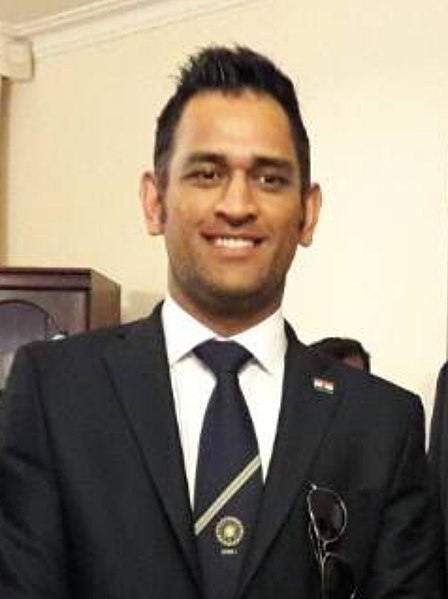The captain of a cricket team, often referred to as the skipper, is the appointed leader, having several additional roles and responsibilities over and above those of the other players. As in other sports, the captain is usually experienced and has good communication skills, and is likely to be one of the most regular members of the team, as the captain is responsible for the team selection. Before the game the captains toss for innings. During the match the captain decides the team's batting order, who will bowl each over, and where each fielder will be positioned. While the captain has the final say, decisions are often collaborative. A captain's knowledge of the complexities of cricket strategy and tactics, and shrewdness in the field, may contribute significantly to the team's success.
Vice-captains are sometimes considered the full-time successor to the incumbent captain. Michael Clarke was Australia's vice-captain for three years before succeeding Ricky Ponting as captain in 2011.
Image: Ricky Ponting 2015
Image: MS Dhoni 2016
Image: Clive Lloyd at 'Idea Champions Of The World' press meet
Cricket is a bat-and-ball game that is played between two teams of eleven players on a field at the centre of which is a 22-yard (20-metre) pitch with a wicket at each end, each comprising two bails balanced on three stumps. Two players from the batting team stand in front of either wicket, with one player from the fielding team bowling the ball towards the striker's wicket from the opposite end of the pitch. The striker's goal is to hit the bowled ball and then switch places with the nonstriker, with the batting team scoring one run for each exchange. Runs are also scored when the ball reaches or crosses the boundary of the field or when the ball is bowled illegally.
Shaun Pollock of South Africa bowls to Michael Hussey of Australia during the 2005 Boxing Day Test match at the Melbourne Cricket Ground
A medieval "club ball" game involving an underarm bowl towards a batter. Ball catchers are shown positioning themselves to catch a ball. Detail from the Canticles of Holy Mary, 13th century.
Evolution of the cricket bat. The original "hockey stick" (left) evolved into the straight bat from c. 1760 when pitched delivery bowling began.
Francis Cotes, The Young Cricketer, 1768








